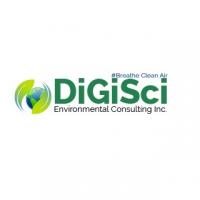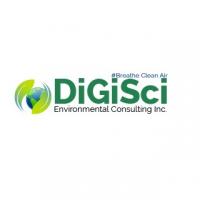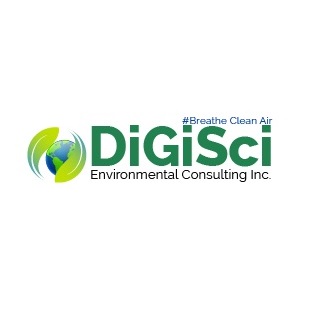Likes
Parye Weron
posted a blog.
Introduction
Most facilities in Ontario (manufacturing, commercial, industrial, etc.) fall under the requirements of one or more regulatory annual emissions reporting systems. The program that applies includes:
1. National Pollutant Release Inventory (NPRI, Federal jurisdiction)2. Greenhouse Gas Emissions Reporting (Provincial and Federal jurisdiction)3. ChemTrac (within the City of Toronto, Municipal jurisdiction)
If your facility is located within the boundaries of the City of Toronto, then all three reporting schemes apply. If you are outside of the City of Toronto, then at least the first two schemes apply and you are required to check if you fall within the reporting criteria and, if you do, provide annual emissions reports to the relevant jurisdiction.
In this general, introductory article, we will not discuss the Ontario Provincial TRA program which, despite still being in effect at the date of writing (June 2020), is to be shortly phased out by the current Provincial government.
However, we will discuss the City of Toronto’s Chem Trac program despite its current suspension (during the COVID pandemic) is expected to continue into the future.
Each reporting program requires that you report on emissions to the environment, in the previous calendar year, with various reporting deadlines (e.g., 1 June in the year after the emissions). Each reporting program has its own specific substances upon which it focuses, emission media, reporting thresholds, and exemptions. These will be described in turn below under each reporting scheme.
More detailed information is provided in the webinar we have recorded which is provided on our website.
National Pollutant Release Inventory (NPRI)
The Federal NPRI reporting scheme applies to most commercial activities with only a few exemptions (e.g., exploration for oil or gas, or the drilling of oil or gas wells) and most activities at facilities with a few exemptions (e.g., processing articles that do not release “NPRI” substances) and activities that are exempt from parts of the NPRI reporting scheme (e.g., Education or training of students, for example, universities, colleges, and schools).
If your facility does not fall under the (few) exemptions and meets the following criteria:
where employees work a total of ≥ 20 000 hours (~10 employees) per year;
where specified activities to which the employee threshold does not apply take place;
where the reporting criteria for Criteria Air Contaminants are met, whether or not the employee threshold is met;
that is a pipeline installation; or,
that is subject to the Chromium Electroplating, Chromium Anodizing, and Reverse Etching Regulations for releases of hexavalent chromium only.
……then you are required to assess whether you meet the emissions reporting requirements.
The NPRI reporting scheme applies to approximately 400 specific chemicals, divided into 5 groupings. Whether you report emissions to the environment (all media) depends on how much of the substance you “use” (NPRI have very specific usage definitions). The usage thresholds (called “MPO” thresholds) vary by grouping; for example, substances in the “Part 1” group need to be used in the facility in amounts greater than 5-10,000 kilograms (depending on the substance) in the particular year, whereas substances in the “Part 2” group of chemicals need to be used in amounts greater than 0-50 kilograms.
Simply put, if you exceed these usage thresholds, in a particular year, then you must report emissions to the environment, although the details of how you do these vary quite a bit from chemical to chemical.
Reporting must then be done via the Single Window Information Manager website with reporting deadlines normally by 1 June each year, based on the previous calendar year’s usages and emissions. Of note, during the COVID pandemic of 2020, is that the deadline for 2019 reports has been extended to 31 July.
Greenhouse Gas Reporting Programs
Greenhouse gas reporting requirements have now been harmonized between Ontario and the Federal government meaning that one single report will be required fulfilling both regulatory regimes.
The GHG reporting requirements stipulate that all persons who operate a facility that emits 10 000 tonnes (or 10 kt) or more of GHGs (expressed in carbon dioxide equivalent [CO2 eq] units) in the calendar year (the reporting threshold), or if a facility is engaged in carbon capture, transport, and storage (CCTS) activities are subject to the reporting requirements and must report their emissions and other identified information to Environment and Climate Change Canada. Facilities need to calculate their total emissions (in CO2 eq units) of the GHGs covered by this reporting requirement to determine if they are required to report.
The programs apply to approximately 30 industrial activities, which include activities as general as fuel combustion, but also as specific as adipic acid production.
Of note, during the COVID pandemic of 2020, is that the deadline for 2019 reports has been extended to 31 July.
Original Source
1 LIKED
1 person likes this.
DiGiSci Environmental Consulting Inc.
updated their profile photo.
People Also Like
Professional Services
Home Improvement
Business Services
Page Admins
-
Parye WeronFounder










